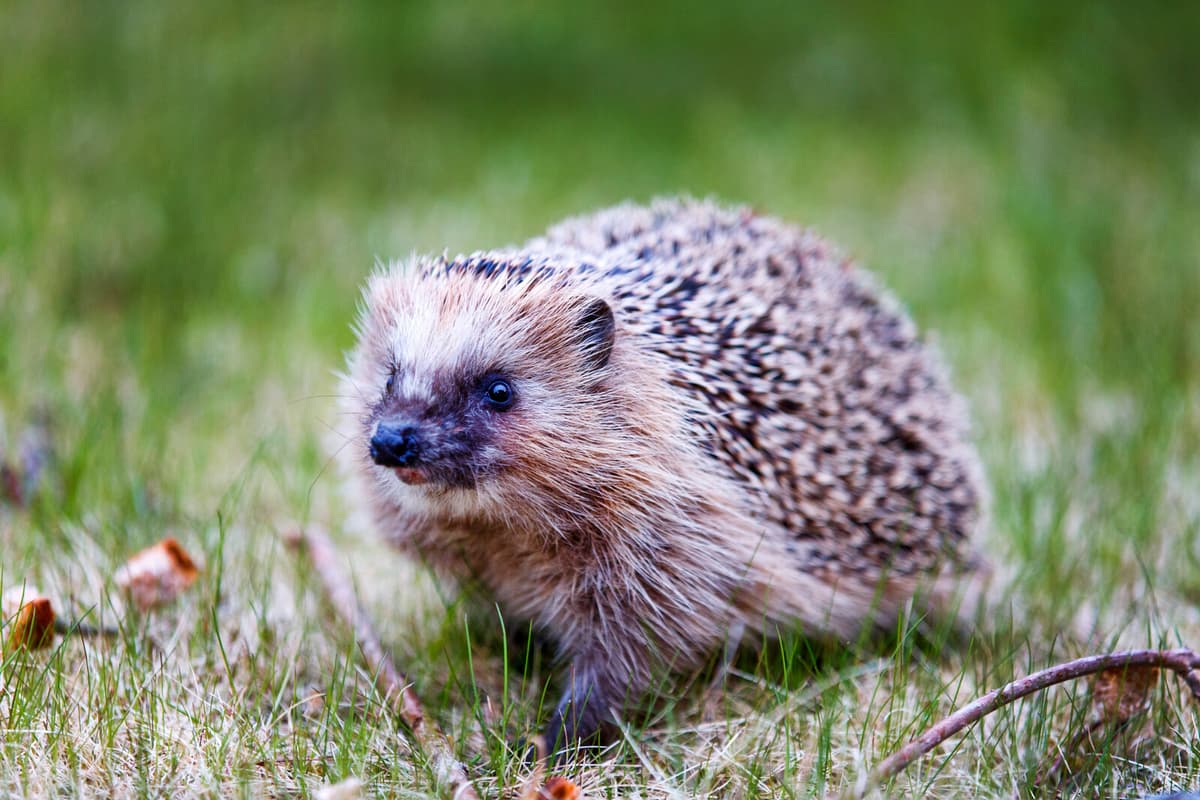"Some of the reasons why they are so common on Gotland are that there are plenty of fine living environments, perhaps a little less car traffic and lack of badgers," says Jessica Ångström, art expert at the World Wildlife Fund (WWF) in a press release.
The hedgehogs have been red-listed since 2020, which means they are "near threatened".
Last summer, WWF and Nordens Ark conducted a hedgehog count for the first time over a week. Many Swedes participated and more than 50,000 reports came in from all over the country.
The SLU Species Data Bank has now analyzed the results of the count. During the week it took place, 28,662 living hedgehogs and 2,572 dead ones were observed.
"A common pattern across the country is that hedgehogs thrive near humans," says Jessica Ångström.
"They often seek out cities and communities with many green areas, parks, and gardens with deciduous trees and shrubs," she continues.
A new hedgehog count will be conducted in August this year.
Most common:
1. Gotland County
2. Östergötland County
3. Skåne County
4. Halland County
5. Blekinge County
Least common:
1. Jämtland County
2. Västernorrland County
3. Uppsala County
4. Västerbotten County
5. Norrbotten County
Source: WWF





